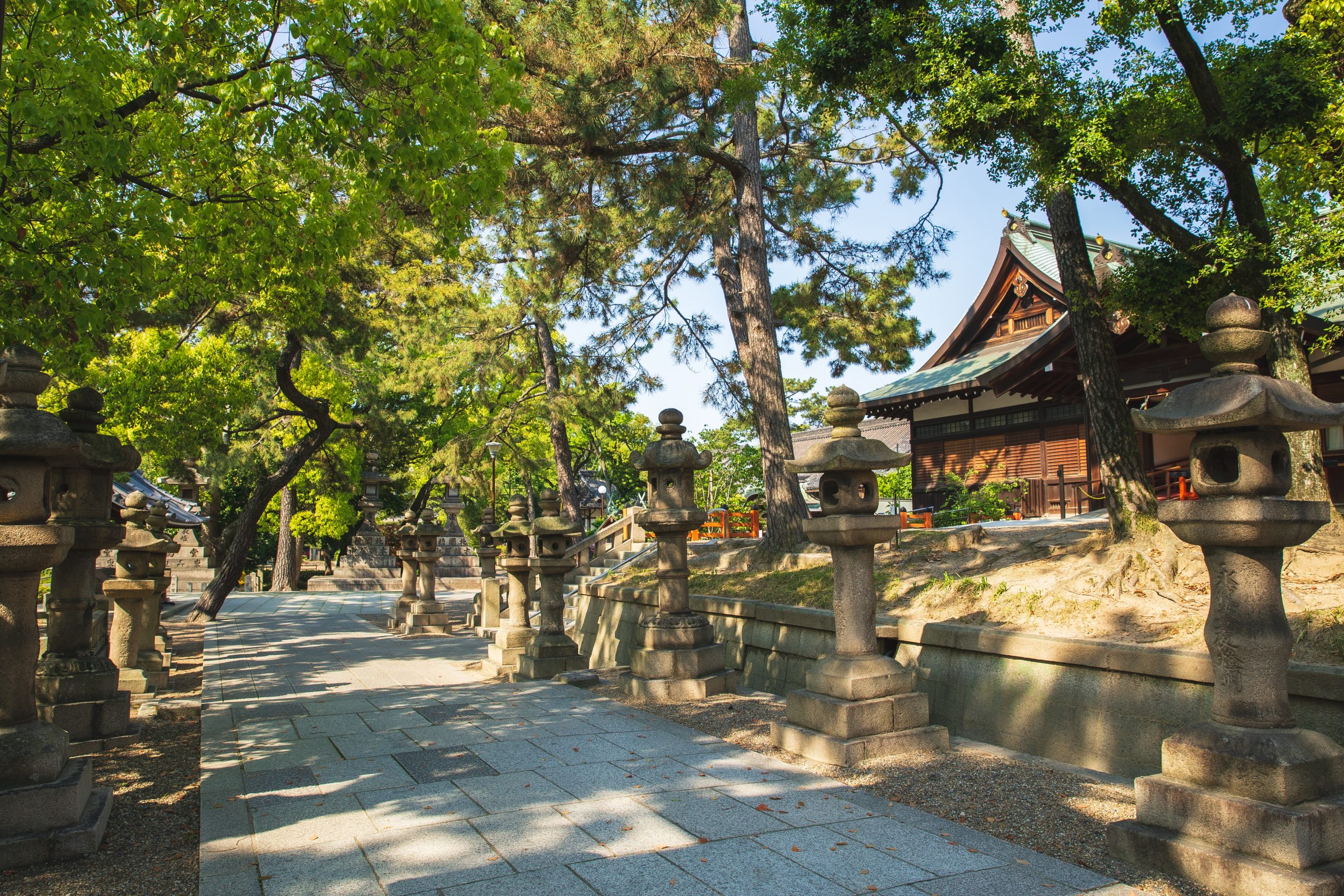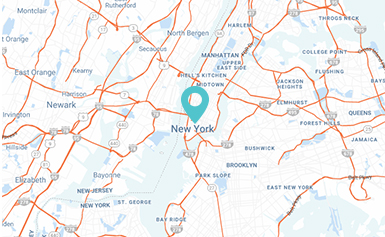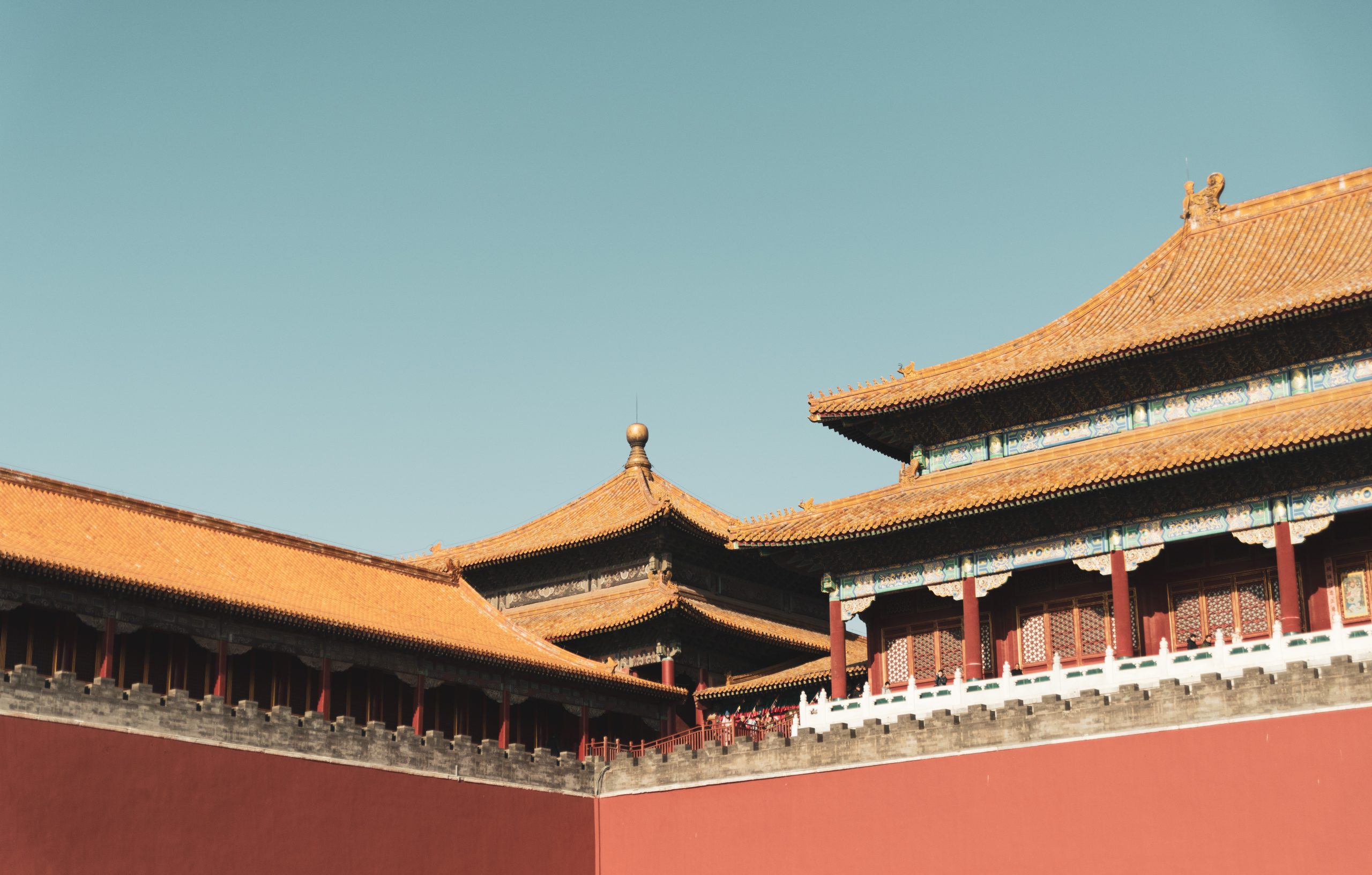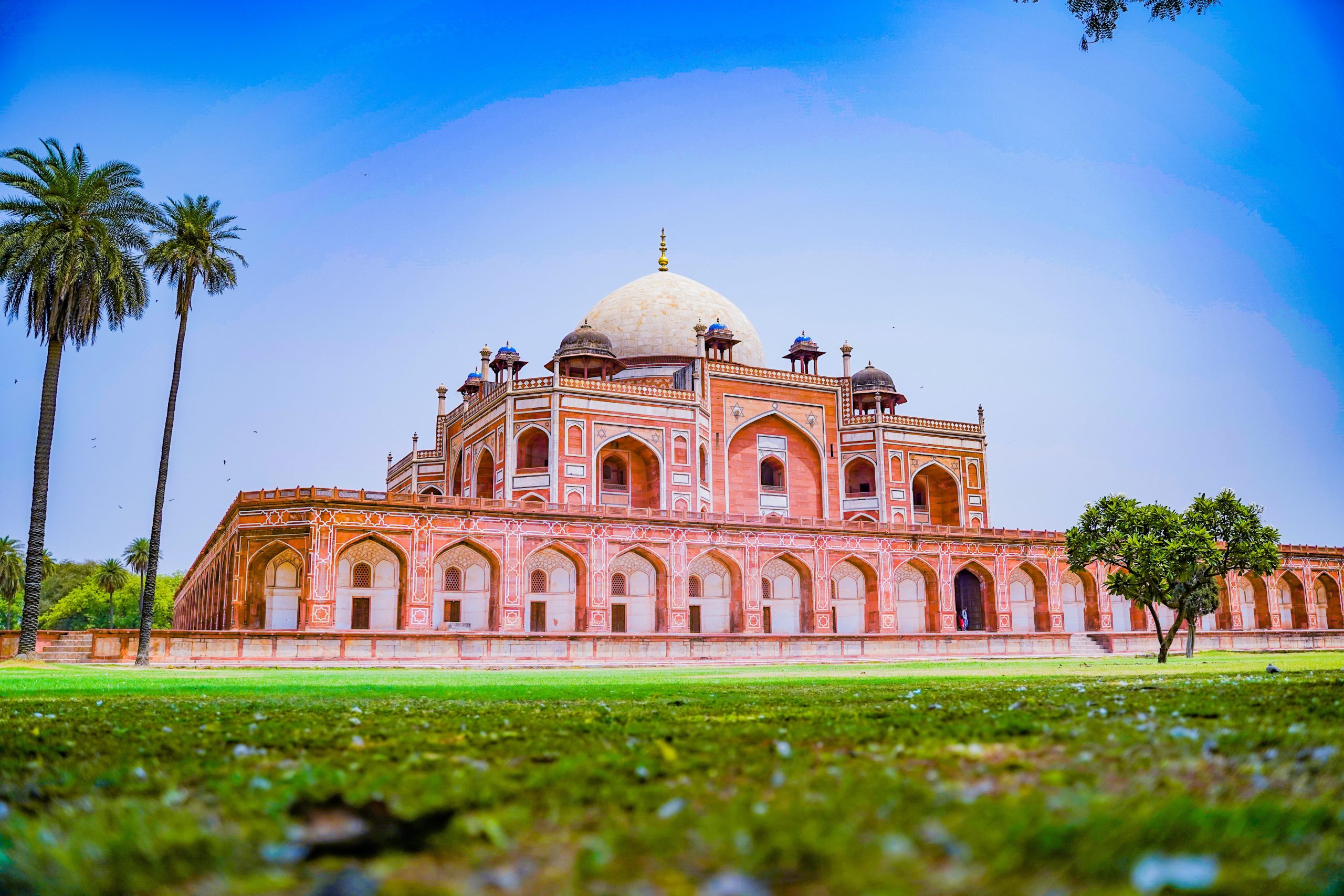A complete guide: Do you need a Visa to travel in Asia?
Picture yourself strolling through the bustling streets of Tokyo, savoring street food in Bangkok, or hiking the Great Wall of China. Asia beckons with its rich tapestry of cultures, landscapes, and experiences.
However, before you embark on this adventure, it’s crucial to get the answer for the question: “Do you need a visa to travel in Asia?”. Visa regulations vary widely across the continent, and compliance is paramount for a smooth journey. In this article, Green Sun Travel will unravel the complexities of Asian visas, ensuring your trip is filled with memorable moments, not bureaucratic hurdles.
Asia, the world’s largest and most diverse continent, offers an array of experiences, from ancient temples to modern metropolises, tranquil beaches to towering mountains. But amidst this diversity lies a web of visa regulations, and non-compliance can lead to unexpected and unpleasant consequences. Before we delve into the specifics of do you need a visa to travel in Asia, let’s understand why knowing visa requirements matters:
Do you need a visa to travel in Asia?
Asia isn’t a monolithic entity; it’s a mosaic of countries, each with its unique charm. From the spice-scented markets of India to the serene landscapes of Japan. Understanding visa requirements is vital because they vary significantly from one nation to another, and sometimes within regions of the same country.
Types of Visas
- Tourist Visas: These are the most common visas for travelers. They allow you to explore the country for a specific duration, usually for tourism or family visits. The application process and requirements vary by country.
- Business Visas: Designed for individuals conducting business activities, these visas differ from tourism visas. They often require a sponsor or invitation and come with their set of eligibility criteria.
- Student Visas: For those pursuing education in Asia, student visas are essential. They have specific requirements, including proof of enrollment and financial stability.
- Work Visas: If you plan to work in Asia, you’ll need a work visa. These visas are typically tied to a specific job and require employment criteria to be met.
The question “Do you need a visa to travel in Asia?” is a crucial one for any traveler considering a journey to this diverse continent. The answer varies depending on your nationality, the purpose of your visit, and the specific country you plan to explore. Let’s explore the different scenarios:
1. Visa-Free Entry
- Convenience and Accessibility: Visa-free entry allows travelers from specific countries to enter another country without obtaining a visa in advance. It’s a convenient option as it eliminates the need for a complex application process.
- Conditions Apply: While it may sound straightforward, it’s essential to check the conditions and limitations. Visa-free entry often comes with restrictions on the duration of stay, purpose of visit (usually tourism), and sometimes even geographical limitations within the country.
- Examples: Some countries in Asia that offer visa-free entry to certain nationalities include Thailand, Indonesia, and Malaysia.
- Benefits: Travelers can spontaneously explore these countries and save time and money on visa applications.
2. Visa-on-Arrival (VoA)
- On-the-Spot Visa: Visa-on-arrival is another convenient option that allows travelers to obtain a visa upon arrival at their destination’s airport or border crossing. It’s especially useful for those who haven’t had the chance to apply for a visa in advance.
- Conditions and Fees: VoA often come with conditions similar to visa-free entry, such as a limited duration of stay and a specific purpose of visit. Additionally, there may be fees associated with obtaining a VoA.
- Examples: Countries like Vietnam, Laos, and Cambodia often offer visa-on-arrival options for various nationalities.
- Caveats: While VoA can be convenient, it’s essential to be prepared with the required documents and visa fees in the local currency to expedite the process and avoid delays.
3. Countries with Complex Visa Rules

China:
- Intricate Process: China is known for its complex visa regulations. Depending on your purpose of visit (tourism, business, work, or study), you may need to navigate a maze of requirements, including invitation letters, interviews, and documentation.
- Regional Variations: China’s visa rules can also vary by region, with some provinces having additional requirements or offering unique visa programs.
- Planning Ahead: Travelers to China should plan well in advance and consult the Chinese embassy or consulate in their home country for the most up-to-date information.
India:
- Visa Categories: India offers various visa categories, each with its specific requirements. The process for obtaining a tourist visa is generally straightforward, but longer-term visas, such as for work or study, can involve complex paperwork and approvals.
- Overstays and Penalties: India has strict regulations regarding visa overstays, and penalties can be severe, including fines and deportation.
- E-visas: India also offers e-visas for certain nationalities, simplifying the application process for short-term tourist visits.
Russia:
- Invitation Requirement: Russia typically requires travelers to have an invitation letter from a Russian host or organization to obtain a visa. This process can be time-consuming and requires careful coordination.
- Registration: Upon arrival in Russia, travelers must register their visa with the local authorities, adding an extra layer of complexity to the process.
- Visa Categories: Russia offers various visa categories, including tourist, business, and humanitarian visas, each with its specific requirements.
Myanmar (Burma):
- E-visas: Myanmar offers e-visas for tourists, making the process more accessible. However, travelers should be aware of restrictions on areas they can visit, especially in regions with ongoing conflicts.
- Complex Entry Points: Some entry points in Myanmar may have specific rules or require additional permits, so travelers should research their specific itinerary thoroughly.
4. Visa Application Tips
- Start Early: Initiate your visa application well in advance.
- Know Requirements: Understand specific visa requirements for your trip.
- Document Checklist: Gather required documents, photos, and forms.
- Accuracy Matters: Fill out forms accurately and legibly.
- Financial Proof: Provide proof of sufficient funds if needed.
- Travel Itinerary: Present a detailed travel plan.
- Invitation Letter: Obtain one if visiting friends or family.
- Ties to Home: Show strong ties to your home country.
- Medical Requirements: Comply with health-related requirements.
- Pay Fees: Ensure you pay application fees as required.
- Interview Prep: Prepare for visa interviews if necessary.
- Follow Guidelines: Adhere to embassy/consulate guidelines.
- Tracking: Use application tracking if available.
- Patience: Expect processing time variations.
- Professional Help: Consider expert guidance if needed.
Resources for Visa Information
To stay informed and navigate the intricate world of Asian visas, you can rely on official government websites, reputable visa services, and online travel communities. Connecting with experienced travelers and seeking advice can be invaluable in ensuring a smooth visa process.
Conclusion
In conclusion, Asia is a treasure trove of experiences waiting to be discovered. However, before you embark on your journey, take the time to get to know do you need a visa to travel in Asia. Armed with knowledge and proper preparation, you’ll be well on your way to an unforgettable Asian adventure. Whether you’re exploring the vibrant streets of Bangkok or the serene temples of Kyoto, Asia offers a world of wonders for those who come prepared.
We invite you to share your own experiences and tips for navigating visa requirements in Asia in the comments section below. If you have questions or need further information, don’t hesitate to ask. Safe travels!








